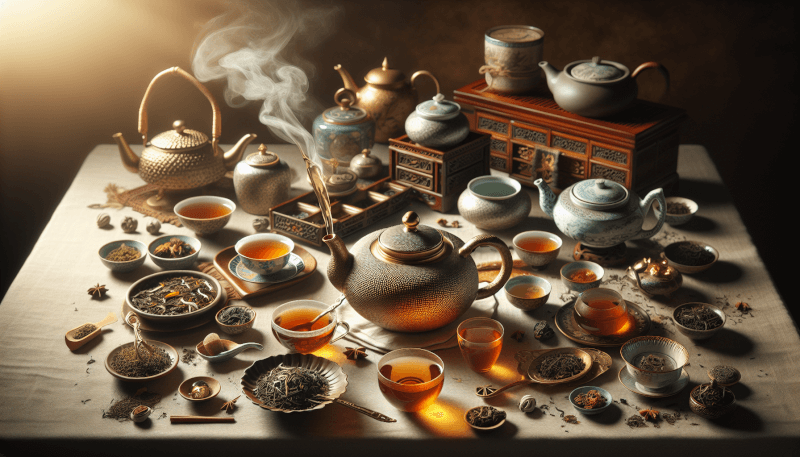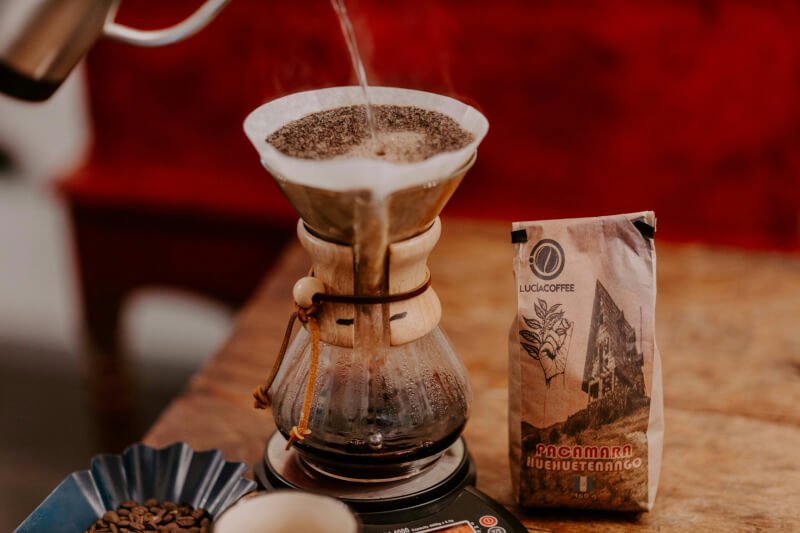Tea, the most beloved beverage across cultures, has the remarkable ability to bring people together and create unforgettable moments. Whether it’s a quiet afternoon with a book, a lively gathering with friends, or a formal event, the art of brewing tea can amplify the ambiance and elevate the overall experience. Each occasion calls for a unique approach, from choosing the right tea leaves to perfecting the steeping time. In this article, discover the secrets to selecting and brewing the perfect cup of tea for every occasion, and unlock the true essence of this age-old tradition.
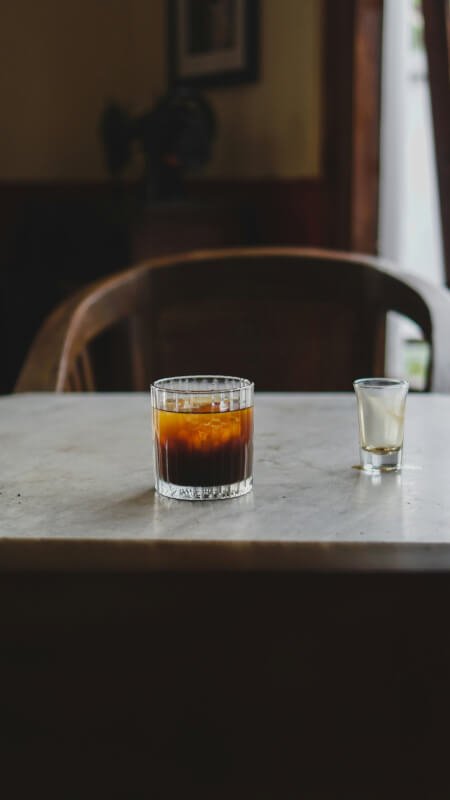
Introduction
Welcome to the world of tea! In this comprehensive article, we will explore the art of brewing tea for different occasions. Whether you’re hosting a morning tea, planning an afternoon gathering, enjoying a quiet evening, or celebrating a special occasion, we’ve got you covered. From understanding the different types of tea to choosing the right brewing methods, tea pairings, serving and presentation, etiquette and tea ceremonies, health benefits, and exploring tea cultures, you’ll discover everything you need to know to become a tea connoisseur. So grab your favorite cuppa, and let’s dive into the delightful world of tea!
I. Understanding Tea
Tea is more than just a beverage; it’s a versatile elixir with a rich heritage. Before we embark on our tea brewing journey, it’s essential to have a basic understanding of the different types of tea and brewing methods.
A. Types of Tea
Tea comes in various forms, each offering a distinct flavor and character. From the delicate and grassy notes of green tea to the bold and robust flavors of black tea, here are some common types of tea that you can explore:
- Green Tea: Known for its freshness and health benefits, green tea is unoxidized and has a mellow taste.
- Black Tea: Fully oxidized, black tea boasts bold flavors and is often enjoyed with milk or sugar.
- Oolong Tea: Partially oxidized, oolong tea strikes a balance between the freshness of green tea and the richness of black tea.
- White Tea: Produced from young tea leaves and buds, white tea has a delicate and subtle flavor profile.
- Herbal Tea: Not technically tea, herbal infusions are caffeine-free and offer an array of flavors like chamomile, peppermint, and hibiscus.
B. Brewing Methods
To create the perfect cup of tea, the brewing method plays a crucial role. Here are a few popular brewing methods that you can try:
- Loose Leaf Brewing: Using loose tea leaves in a teapot or infuser allows the leaves to unfurl and release their flavors fully.
- Tea Bags: Convenient and easy to use, tea bags contain pre-measured portions of tea but may not provide the same flavor as loose leaf tea.
- Gongfu Cha: Traditionally used in Chinese tea ceremonies, Gongfu Cha involves multiple short infusions to extract the full flavor potential.
- Matcha Preparation: Matcha, a vibrant powdered green tea, requires whisking in a bowl to create a frothy and velvety texture.
II. Choosing the Right Tea for an Occasion
Now that you have a grasp on the different types of tea and brewing methods, let’s dive into selecting the right tea for various occasions. Each time of day calls for a unique tea experience, and we’ll guide you through the perfect brews.
A. Morning Tea
Kickstart your day with a revitalizing cup of tea. Opt for vibrant and energizing teas like black tea or green tea to give you that much-needed boost. Classic choices include English Breakfast, Assam, or Sencha tea. If you prefer a herbal infusion, consider a zesty blend of citrus or ginger to awaken your senses.
B. Afternoon Tea
Afternoons are perfect for a leisurely tea session. Choose teas that offer a balance of flavor and relaxation. Delicate options like Earl Grey, Darjeeling, or Jasmine tea are ideal for soothing the senses. You can also experiment with flavored teas or indulge in fragrant herbal infusions like chamomile or lavender for a calming experience.
C. Evening Tea
As the day winds down, opt for teas with a gentle flavor and minimal caffeine content. Herbal infusions like chamomile, peppermint, or rooibos make for excellent choices to unwind. If you prefer a hint of warmth and sweetness, try a comforting blend of cinnamon or vanilla-infused tea.
D. Special Celebrations
For those extraordinary moments, choose teas that create a memorable impression. Consider unique blends or rare teas like Pu-erh, White Peony, or Silver Needle. These exquisite teas will elevate the ambiance and make any celebration truly special.
III. Brewing Tea for Different Occasions
Now that you know which tea to choose for each occasion, let’s dive into the art of brewing the perfect cup of tea.
A. Morning Tea
To brew a refreshing cuppa in the morning, start by heating water to the appropriate temperature. Green teas generally require lower temperatures, while black teas can handle boiling water. Steep the leaves for the recommended time, usually between two to four minutes, to extract the best flavors. Feel free to add milk, honey, or a slice of lemon according to your preference.
B. Afternoon Tea
When brewing tea for a leisurely afternoon, ensure you follow the recommended water temperature and steeping time for the specific tea you’ve chosen. Use an infuser or teapot to create a well-balanced infusion. For an authentic afternoon tea experience, serve the tea with warm scones, delicate sandwiches, and sweet pastries.
C. Evening Tea
Evening teas call for a more gentle approach. Use slightly cooler water temperature and shorter steeping times to avoid bitterness. Allow the flavors to blossom slowly, creating a soothing cup of tea. In the evening, pair the tea with light snacks or desserts like biscuits or light cakes.
D. Special Celebrations
For special celebrations, take extra care in brewing your selected tea. Pay attention to water temperature, steeping times, and presentation. Serve the tea in elegant teaware, ensuring that every sip is savored and appreciated. Consider adding small snacks or fruits that complement the chosen tea’s flavors.
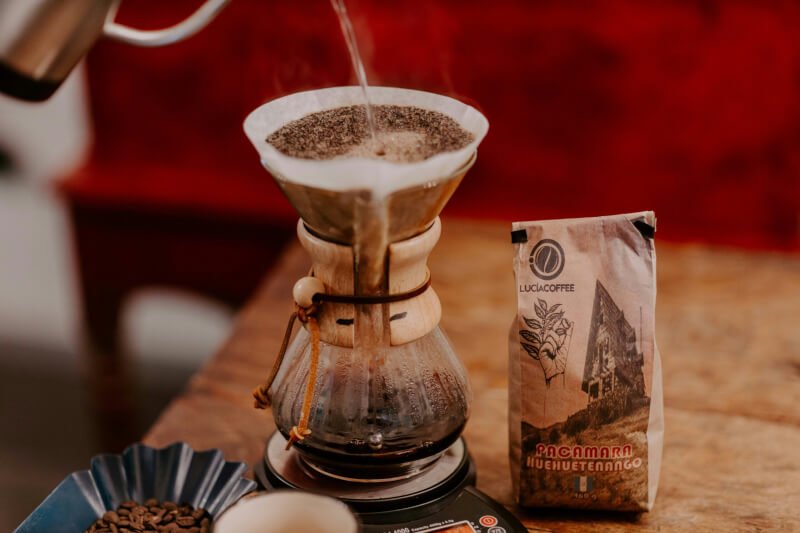
IV. Tea Pairings for Occasions
Pairing tea with food can elevate your tea-drinking experience. Here are some delightful combinations for various meals and occasions:
A. Breakfast
Start your day with a hearty breakfast paired with robust teas like English Breakfast or Assam. Their bold flavors complement foods like scrambled eggs, bacon, or buttered toast.
B. Lunch
For a light and refreshing lunch, opt for teas like Earl Grey or Darjeeling. These delicate teas harmonize well with salads, sandwiches, and seafood dishes.
C. Dinner
When it comes to dinner, oolong teas such as Tie Guan Yin or Pouchong are excellent choices. Their aromatic and complex flavors enhance the taste of stir-fries, roasted meats, and flavorful curries.
D. Desserts
Indulge your sweet tooth with desserts paired with teas like Jasmine or Chamomile. Jasmine tea adds a floral note to chocolate-based desserts, while Chamomile brings a soothing touch to creamy desserts like cheesecake or custard.
V. Serving and Presentation
Now that you’ve brewed the perfect cup of tea and chosen the right pairings, it’s time to focus on serving and presentation. Making a delightful tea experience goes beyond the tea itself; it involves creating an ambiance that enhances the overall experience.
A. Choosing the Right Teapot and Cups
Select teapots and cups that complement the style of tea you’re serving. Porcelain or ceramic teapots can showcase the color and clarity of green or white teas, while a classic English-style teapot adds elegance to black teas. Choose cups that are comfortable to hold and allow the aromas to waft towards your nose as you savor each sip.
B. Garnishes and Accompaniments
Garnishes can add a touch of flair to your tea serving. Lemon slices, mint leaves, or edible flowers can be used to enhance the visual appeal and create a multisensory experience. Accompany your tea with light snacks, sandwiches, or pastries that complement the flavors and balance the taste.
C. Setting the Ambiance
Create a relaxing and inviting atmosphere by paying attention to the ambiance. Use soft lighting, soothing music, or fragrant candles to set the mood. Consider incorporating elements like fresh flowers, comfortable seating, or a cozy setting to enhance the tea-drinking experience.
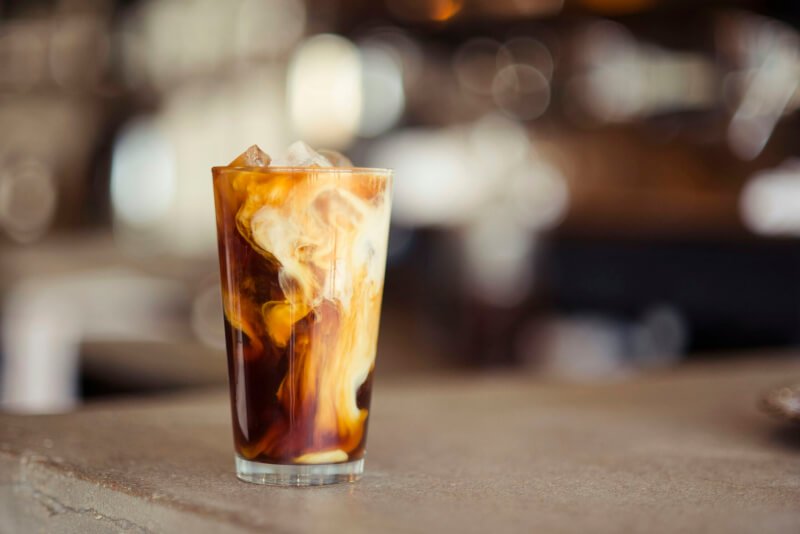
VI. Etiquette and Tea Ceremony
Tea holds a special place in many cultures and is often associated with etiquette and ceremonial rituals. Understanding proper tea etiquette and traditional tea ceremonies can add depth to your tea experience.
A. Proper Tea Etiquette
When hosting tea gatherings, familiarize yourself with proper tea etiquette. Offer the tea with grace, hold the cup correctly, and sip quietly. Avoid slurping or blowing on the hot tea. Respectfully engage in conversation and show appreciation for the tea and the company of those sharing the experience.
B. Traditional Tea Ceremonies
Explore the traditions of tea ceremonies from different cultures. Dive into the meditative simplicity of Chinese Gongfu Cha, experience the tranquility of a Japanese Tea Ceremony, savor the indulgence of a British Afternoon Tea, or immerse yourself in the vibrant Indian Chai culture. Each ceremony offers unique insights into the art of tea and its cultural significance.
VII. Health Benefits of Different Teas
Tea not only delights the taste buds but also offers numerous health benefits. Let’s explore the potential health advantages of different types of tea:
A. Green Tea
Green tea is known for its antioxidant properties and potential health benefits. It may help boost metabolism, improve brain function, and reduce the risk of certain diseases like heart disease and cancer.
B. Black Tea
Black tea contains antioxidants that can support heart health, promote gut health, and aid in digestion. It is also believed to have stress-reducing properties and may contribute to improved mental alertness.
C. Herbal Tea
Herbal teas offer various health benefits depending on the ingredients used. Chamomile tea can aid in relaxation and sleep, while peppermint tea may help with digestion and reduce nausea. Herbal infusions like hibiscus tea may contribute to lower blood pressure.
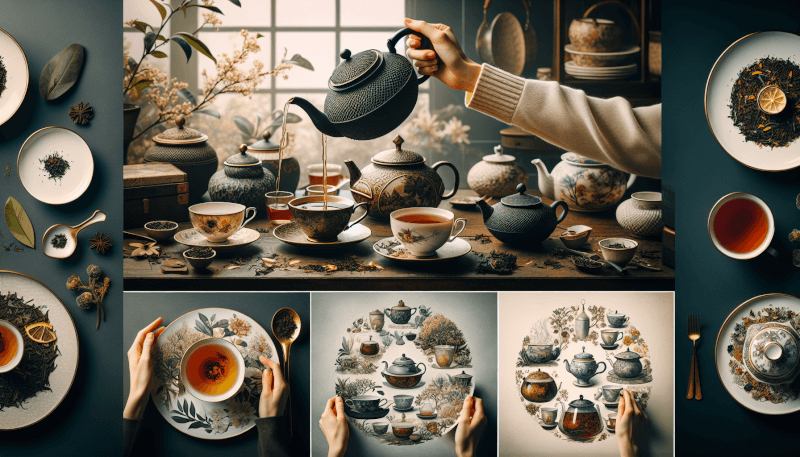
VIII. Exploring Tea Cultures
Tea is deeply intertwined with the cultures of different countries. Let’s take a journey around the world and discover the unique tea cultures:
A. Chinese Tea Culture
Chinese tea culture is steeped in tradition and history. With a focus on harmony, respect, and spirituality, Chinese tea ceremonies offer a serene and introspective experience.
B. Japanese Tea Culture
The Japanese tea culture centers around the elegant and tranquil tea ceremony, known as Chanoyu. This highly choreographed ritual emphasizes mindfulness, simplicity, and the appreciation of nature.
C. British Tea Culture
Tea holds a special place in British culture, with the quintessential Afternoon Tea becoming an iconic tradition. From delicate finger sandwiches to freshly baked scones, British tea culture is steeped in elegance and sophistication.
D. Indian Tea Culture
India, known for its vibrant spices, has a tea culture deeply rooted in the aromatic and flavorful beverage known as Chai. This spiced tea is often enjoyed with milk and sugar, creating a unique taste experience.
Conclusion
Congratulations on embarking on the delightful journey of tea! From understanding the diverse types of tea to mastering the art of brewing for different occasions, you are now equipped to become a true tea connoisseur. With knowledge of tea pairings, presentation, and the cultural heritage of tea, you can create memorable experiences for yourself and your loved ones. So sit back, relax, and enjoy a cup of tea tailored to the occasion, as you immerse yourself in the ever-enchanting world of tea.
